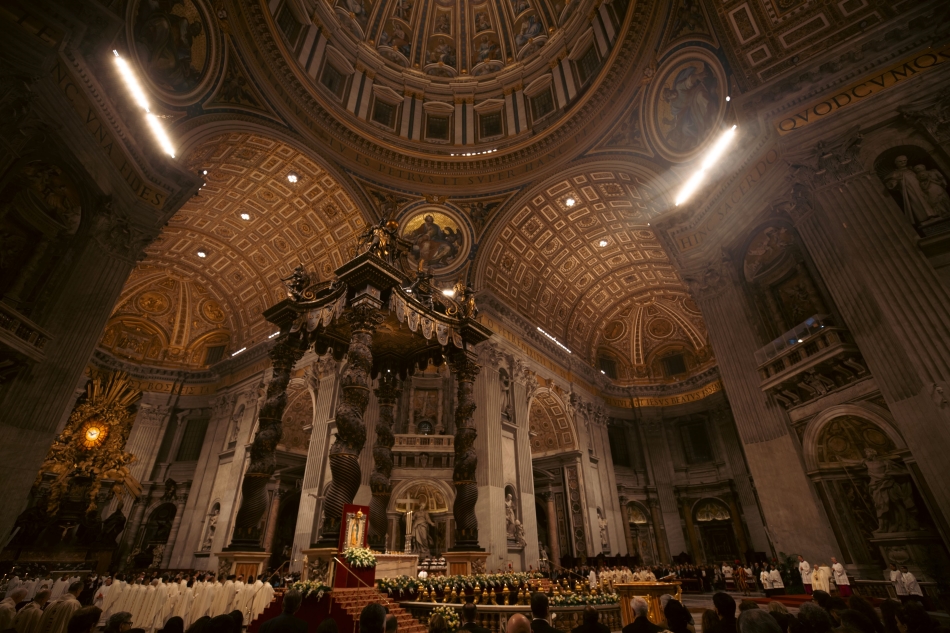
For almost 400 years, pilgrims to Saint Peter’s Basilica have stood in awe of the imposing statues, intricate papal tombstones, and works of sacred art that adorn every inch, from the stones in the floors to the mosaics lining the famous dome. Rising impressively above all else is the masterpiece of Gian Lorenzo Bernini—St. Peter's Baldachin—which spirals above the resting place of the first Pope.
However, beginning this week, visitors to the Basilica may notice a new addition to the familiar view of the Baldachin: scaffolding. In a briefing on January 11, the Holy See Press office announced the impending and necessary restoration of the bronze monolith which has not been carried out since 1758.
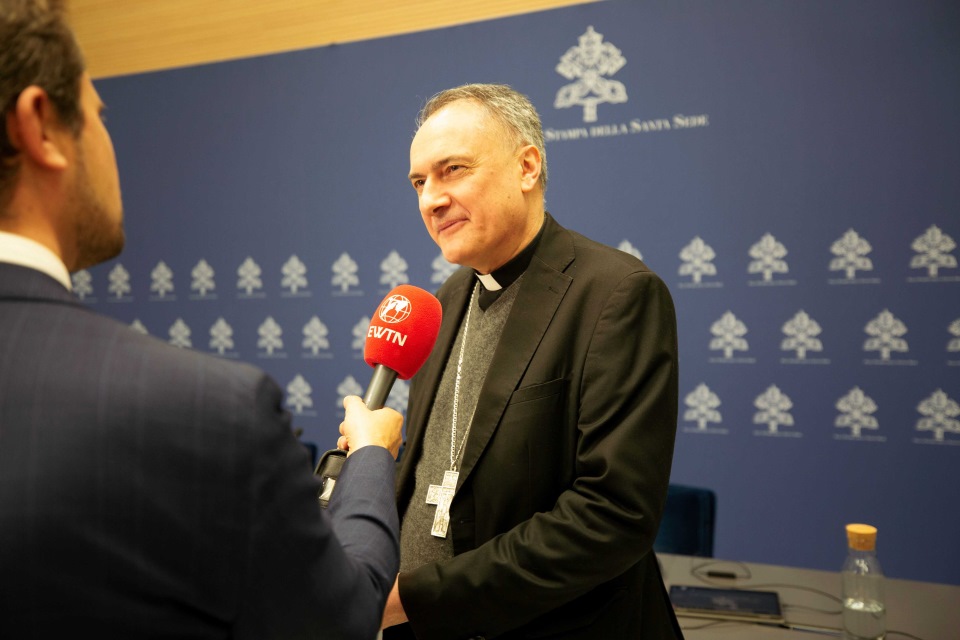
Built between 1633 and 1638, the Baldachin consists of four twisted bronze columns 10 stories high and weighing 63 kilos. These columns along with marble and wood furnishings rise above the spot where Saint Peter, Apostle and first Pope, is buried.
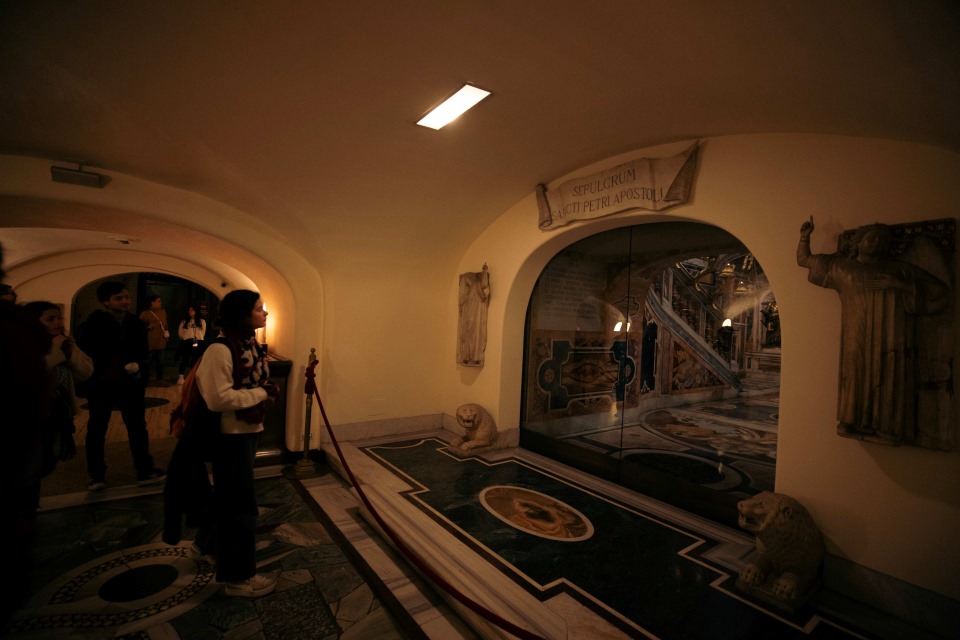
The unusual title of a Baldachin has roots in the name given to intricately crafted cloth created in the city of Baghdad. Traditionally, this ornate textile was draped over wooden posts, as was the case in the Middle Ages before the bronze columns of Bernini replaced them. As Cardinal Gambetti emphasized, the tomb of the first Pontiff is "a sepulchral tomb that has always been venerated, over which Pope Sylvester and Emperor Constantine built a first great basilica in the fourth century, replaced by the present one in the sixteenth century, at the behest of Pope Julius II della Rovere."
Replacing the canvases with four gigantic bronze columns is, “a clear reference to the columns that stood around the tomb of Peter in the ancient basilica," the cardinal said. As for their unique shape, he went on to add that this design "is also a strong reference to Christ Jesus, because it was believed that these twisted columns came from the Temple of Solomon in Jerusalem."
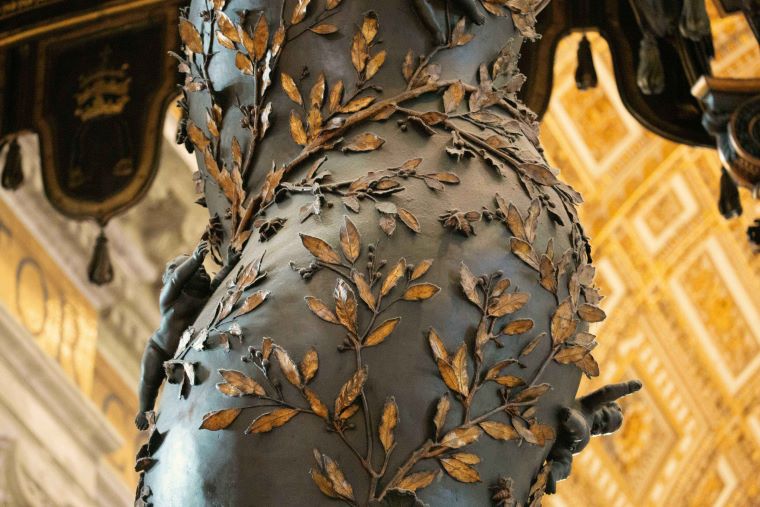
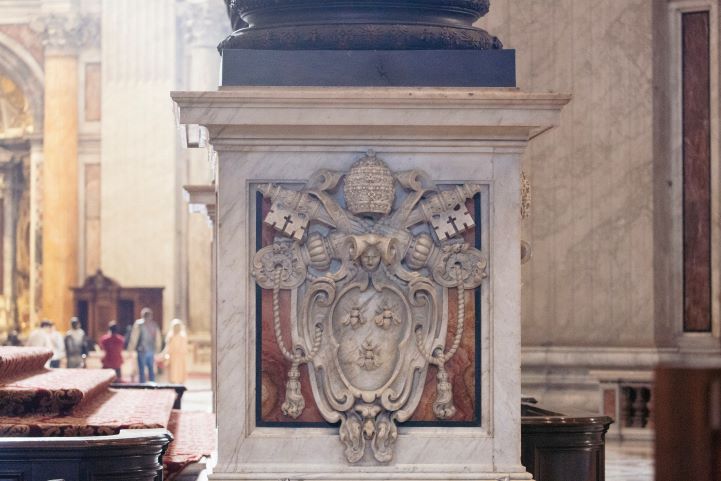
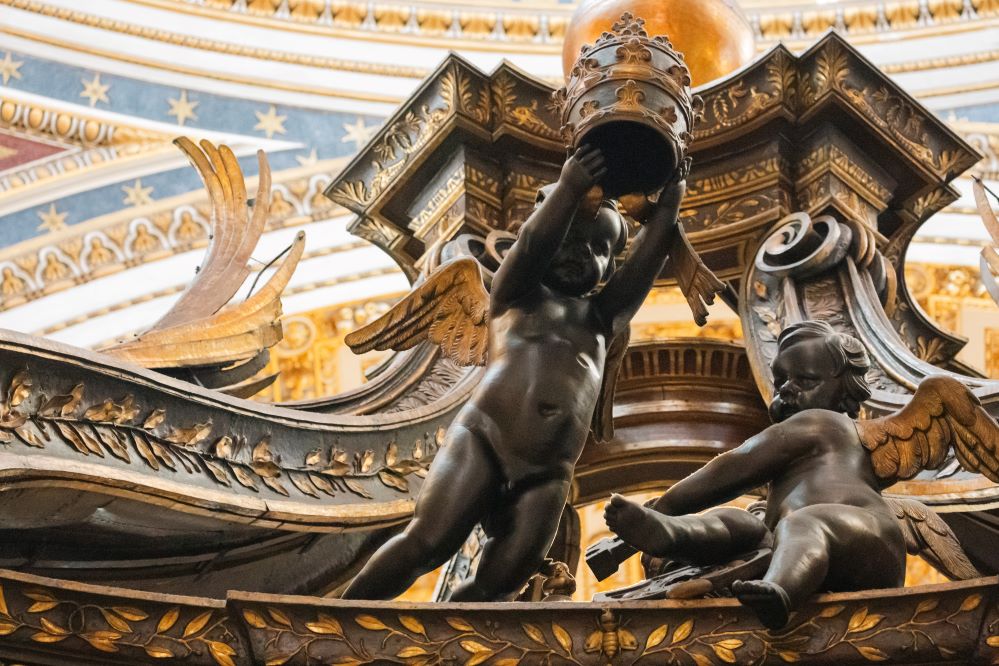
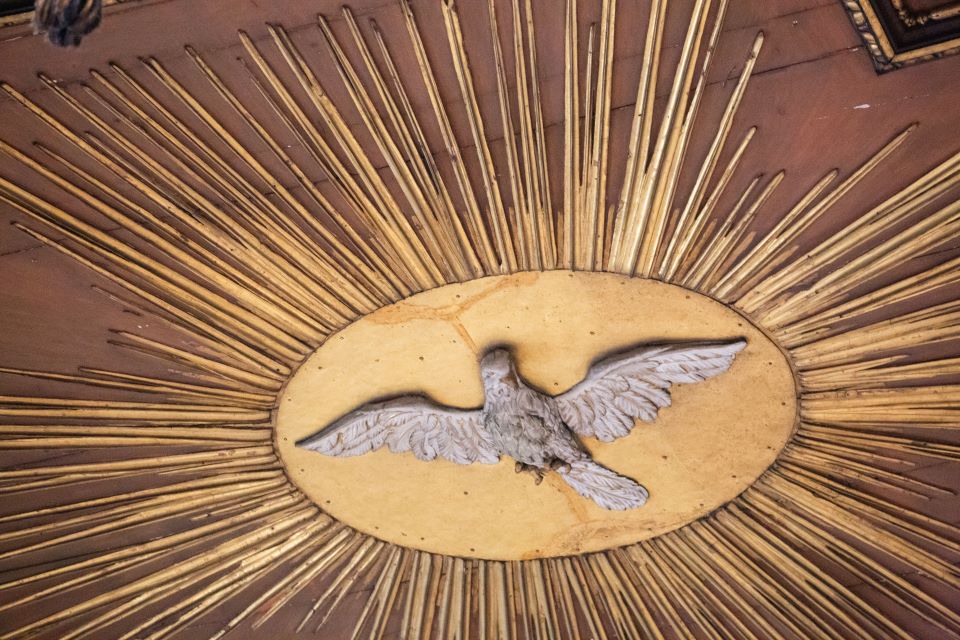
With work scheduled to be completed in December 2024, the restoration will be finalized prior to the opening of the Holy Door as part of the Jubilee year of 2025. Despite the restoration work on the monument, located on the main altar of the church, liturgical celebrations will be able to continue.
In reflecting on one of the reasons for this restoration, ahead of the influx of pilgrims for the Jubilee year, Pietro Zander, head of the Fabbrica di San Pietro’s artistic heritage section, pointed to the impact of large crowds. With daily visitors reaching up to 50,000 in number a “microclimate inside of the basilica changes from the continuous flux of visitors,” which in turn can cause changes in temperature and humidity that especially affect the wooden portions of the Baldachin.
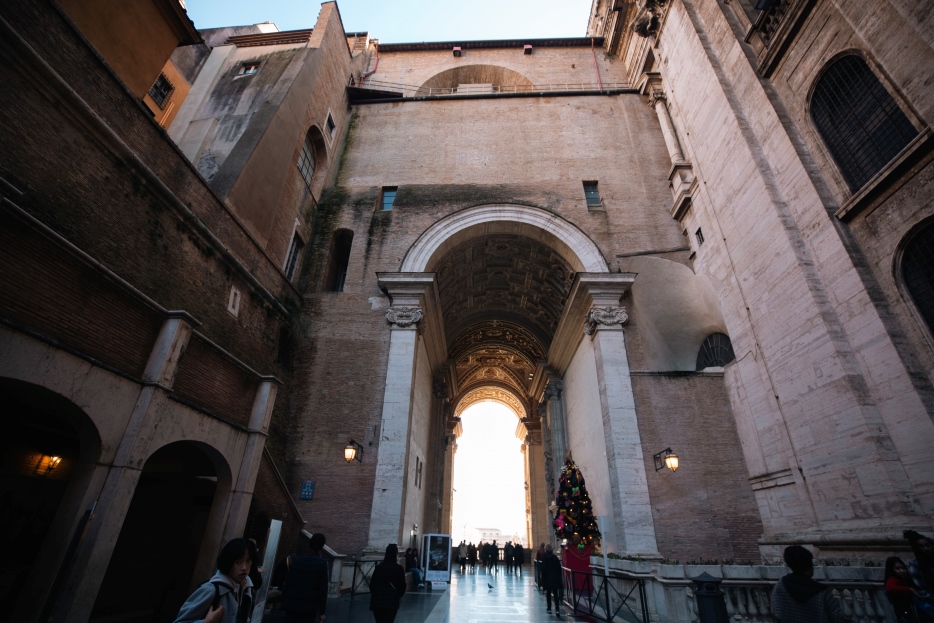
Sponsoring this initiative and covering the cost of 700,000 euros is the Knights of Columbus, who were represented at the January 11th conference by Supreme Knight Patrick Kelly. Reflecting on his earlier meeting with Pope Francis, Kelly thanked the Pontiff for his authorization of the project, noting it is the latest in a decades-long history of collaboration between the Vatican and the Knights of Columbus.
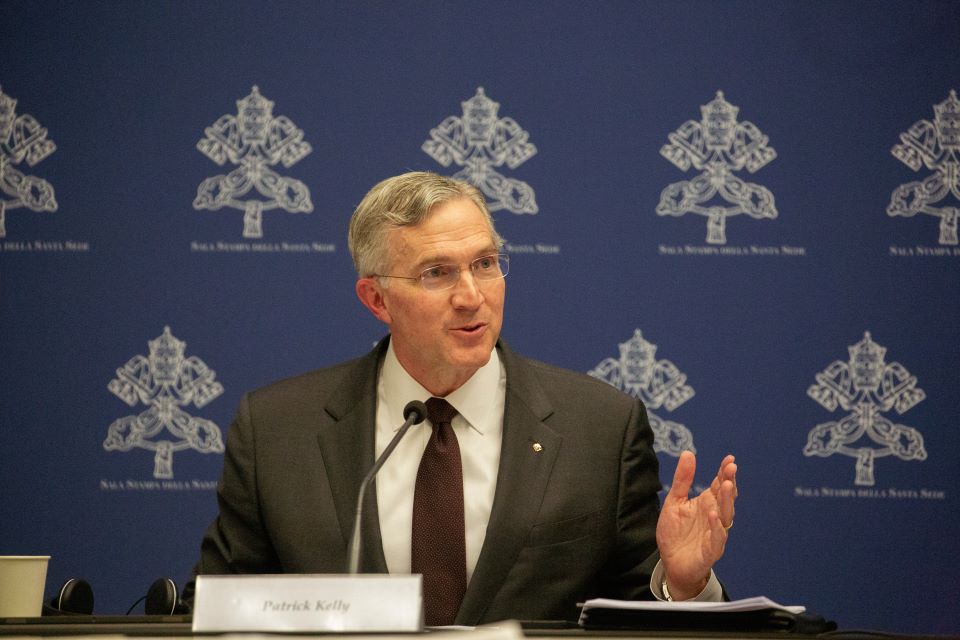
In his closing remarks Kelly shared “we are honored to lend our support to this project, which is more than caring for a magnificent piece of art. It points to the reality of God’s love for us and His coming down to earth to dwell with us and to build the Church upon St. Peter and his profession of faith.”
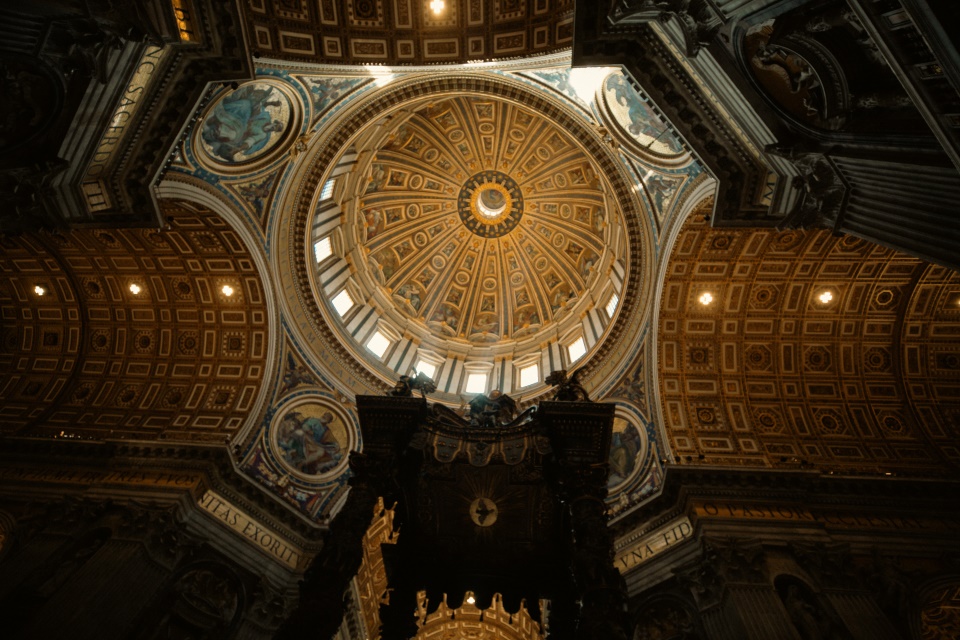
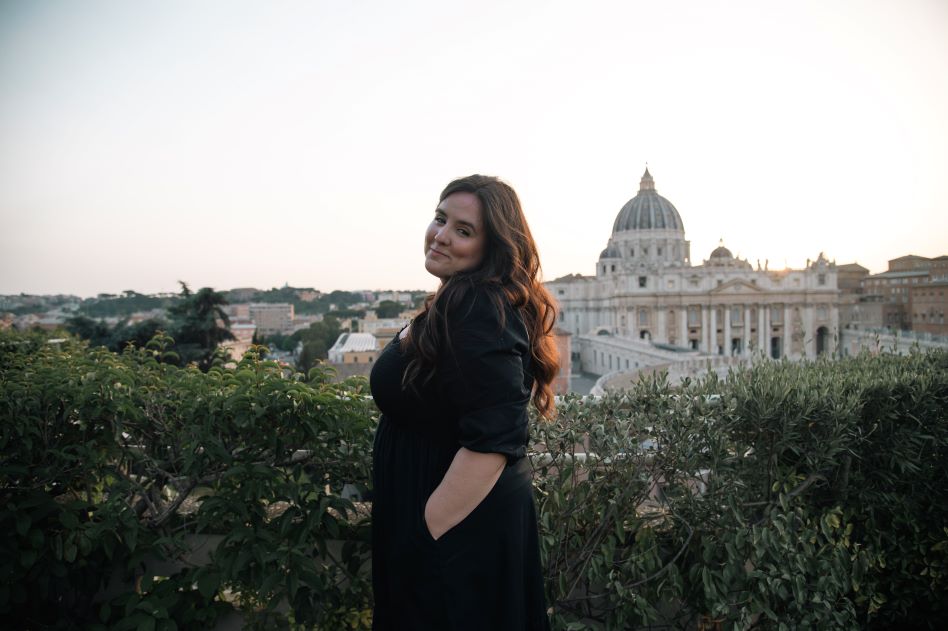
Elizabeth Alva is an intern photo-journalist for the EWTN Vatican Bureau. A local of San Jose, California her work has spanned 13 countries and 4 continents, with her passion being to document the daily workings of the Catholic faith.







